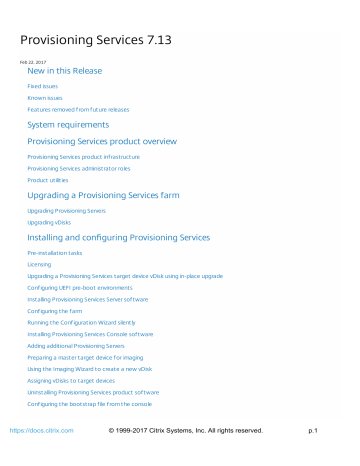

- Nt6.x fast installer and uefi how to#
- Nt6.x fast installer and uefi install#
- Nt6.x fast installer and uefi windows 10#
To enable Trusted Platform Module 2.0 on an Intel-based PC, you need to find the Intel PTT option. It should boot as usual, without any hiccups or issues. If there is no explicit Secure Boot on/off option, look for the OS Type toggle. Make sure System mode set to User and Secure Boot is enabled. The Boot section is one of the most popular settings in BIOS, so manufacturers tend to place it on a visible spot in the BIOS's main menu. Find the Boot section or Boot Settings, and then look for the Secure Boot option. You need to find a section that manages boot settings, such as boot priority, CSM Mode, boot override, etc.
Nt6.x fast installer and uefi install#
Enable Secure Boot to install Windows 11Įnabling Secure Boot on Intel and AMD-based PCs is an identical procedure.
Nt6.x fast installer and uefi windows 10#
If you have TPM 2.0 enabled, Device Manager will list Trusted Platform Module 2.0 in the Security Devices group.Īlso, check out the post Find if your Windows 10 device has TPM (Trusted Platform Module).Alternatively, open Device Manager and expand the Security Devices.Find the Trusted Platform Module 2.0 State in the list of strings.Next, expand Hardware Resources and click Memory.Find the Secure Boot State line and make sure it is On.Press Win + R and enter the msinfo32 command.Windows 10 has a built-in system information tool that shows you all the data you need. There is no need to enter UEFI/BIOS to check whether your computer has TPM 2.0 and Secure Boot enabled.
Nt6.x fast installer and uefi how to#
How to check whether my PC has TPM 2.0 and Secure Boot enabled Also, make sure BIOS runs in UEFI mode with CSM Mode disabled. You cannot install Windows 11 on a PC that does not support UEFI. The procedure above is universal for all modern computers with UEFI.


 0 kommentar(er)
0 kommentar(er)
